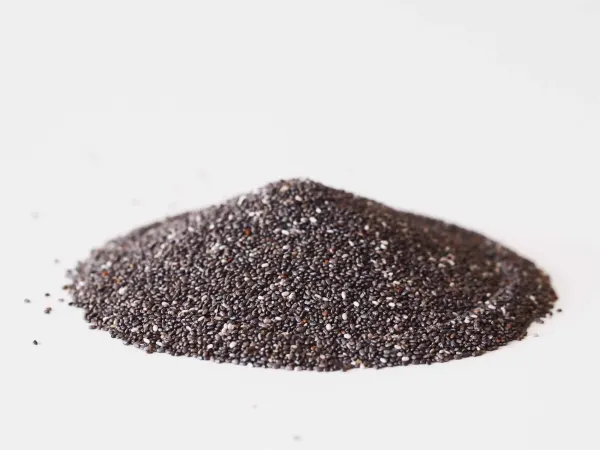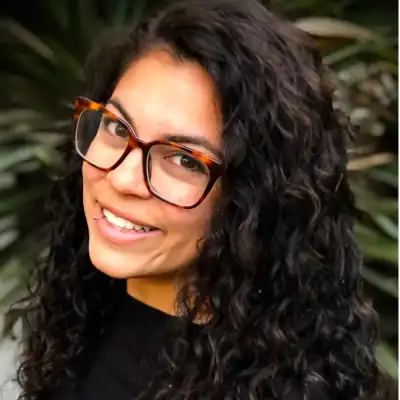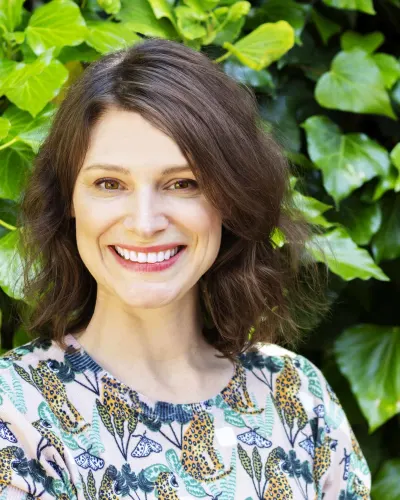Chia Seeds
Seed
Age Suggestion
6 months
Iron-Rich
Yes
Common Allergen
No

When can babies eat chia seeds?
Chia seeds may be introduced as soon as baby is ready to start solids, which is generally around 6 months of age. Note that dry chia seeds are a potential choking risk, as they expand upon contact with moisture (such as saliva) and can bond together in clumps.
Where do chia seeds come from?
Chia seeds grow on flowering herbaceous plants that originated in the high deserts and mountains of Mesoamerica. In ancient times, chia was a staple in the region, where the tiny seeds called chiyantli in Nahuatl languages were not only food, but medicine, a means of trade, and a sacred offering. Spanish colonizers dismissed chia and amaranth and instead favored grains popular in Europe like barley, rice, and wheat, but despite these efforts, chia survived and remains an important ingredient in regional cooking to this day. Not until the late 20th century did chia gain its “superfood” status on the world stage, where academics, athletes, and entrepreneurs promoted the nutritional benefits long valued in Indigenous cultures.
Videos
Are chia seeds good for babies?
Yes, in moderation. Chia seeds are the world’s richest plant source of omega-3 fatty acids and boast a fair amount of protein, vitamin K, calcium, vitamin B6, and zinc—nutrients that power baby’s cell growth, eyesight, brain development, immune function, and healthy bones. Chia seeds are also packed with fiber, an important nutrient, but consuming too much at once can cause digestive discomfort. Lastly, the seeds contain anti-nutrients called oxalates that can tax the kidneys and block the body’s absorption of other vital minerals when consumed in great excess.
Wondering about black vs. white chia seeds? Nutritionally, there is no significant difference between black or white chia seeds, though limited research suggests that the Salba variety of white chia might be the richest in both fiber and healthy fats.
★Tip: Store chia seeds in an air-tight container. The whole seeds keep at room temperature for up to 18 months, while ground-up chia seeds keep for less time: up to 1 year in the fridge.
Can chia seeds help with constipation?
Yes. Chia seeds are exceptionally high in soluble fiber, which helps diversify the microbiome and aids baby’s bowel function, making them helpful for relieving constipation. Just don’t overdo it: consuming too many chia seeds can make baby feel too full and cause digestive discomfort, discouraging baby from eating, and displacing other valuable nutrients. For these reasons, we suggest you offer a small quantity at first and gradually increase the amount over time.
How do you make an egg substitute with chia seeds?
To use chia seeds as an egg substitute in baked goods, mix 1 part chia seeds to 3 parts warm liquid and letting the mixture gel for at least 30 minutes. One large egg is approximately equal to 1 tablespoon (15 grams) of chia seeds combined with 3 tablespoons (45 milliliters) of liquid. If you like, make a big batch and store the mixture, sometimes called a “chia egg,” in an air-tight container in the fridge for up to 1 week.
Are chia seeds a choking hazard for babies?
Yes. Chia seeds expand upon contact with moisture (such as saliva) and can bond together in clumps. To minimize the risk, soak chia seeds for 30 minutes prior to serving and break apart any clumps of chia seeds with a fork. Refrain from serving spoonfuls of the dry seeds (although sprinkling a little bit of the dry seeds onto foods is fine). Hold off on serving drinks that contain chia seeds until a child is over 12 months of age. As always, make sure you create a safe eating environment and stay within an arm’s reach of baby during meals. For more information on choking, visit our sections on gagging and choking and familiarize yourself with the list of common choking hazards.
Are chia seeds a common allergen?
No. Allergies to chia seeds are uncommon, though not unheard of. There is some limited evidence that certain people with sesame allergy may also have a cross-reactive allergy to chia seed. If you suspect baby may be allergic to sesame, talk to your allergist before introducing chia seeds.
When you’re ready to introduce chia seeds, start by serving a small quantity of the pre-soaked seeds for the first few servings and watch closely. If there are no adverse reactions, gradually increase the amount served over future mealtimes.
What are recipe ideas for cooking with chia seeds?
With their mild taste, chia seeds are an easy ingredient to add nutrition into dishes. The tiny seeds work just as well in sweets like granola as they do in savory dishes like meatballs and patties. Because they can absorb more than 10 times their weight in liquid, hydrated chia seeds can function as an egg substitute, binding the ingredients in baked goods like pancakes, quick breads, and more. For babies, stir chia seeds into porridges, yogurt, and other soft, scoopable foods, like mashed fruit or vegetables. For older children, use chia seeds to thicken drinks like smoothies or agua fresca, the refreshing fresh fruit juice with infinite variations in Latin America. Or try your own version of coconut chia pudding, adding any fruit and spice to flavor the dish.
How do you prepare chia seeds for babies?
Every baby develops on their own timeline, and the suggestions on how to cut or prepare particular foods are generalizations for a broad audience.
6 to 12 months old:
Stir pre-soaked chia seeds into porridge or yogurt or offer chia seed pudding flavored with your favorite fruit. Let baby self-feed by scooping with their hands. If you’d like to encourage the use of a utensil, pre-load a spoon and rest it next to the food for baby to try to pick up—or pass it in the air for baby to grab. Refrain from serving spoonfuls of the dry seeds (although sprinkling a little bit of the dry seeds onto foods is fine).
12 to 18 months old:
Continue serving soft, scoopable foods with pre-soaked chia seeds added and let the toddler self-feed with their hands or a utensil. If the child is not interested in using the utensil, don’t worry. Using utensils can be exhausting for new eaters, and many children toggle back and forth between fingers and utensils when self-feeding. Try not to apply too much pressure—consistent and accurate utensil use will come in due time—probably between 18 and 24 months of age. Refrain from serving spoonfuls of the dry seeds (although sprinkling a little bit of the dry seeds onto foods is fine).
18 to 24 months old:
Time for drinks! Add chia seeds to thicken fruit smoothies or make a simple agua fresca with mashed fruit, freshly squeezed lime juice, water, and chia seed. Of course, you may also continue serving chia seeds in any warm cereal, oatmeal, or porridge. Refrain from serving spoonfuls of the dry seeds (although sprinkling a little bit of the dry seeds onto foods is fine).
Mix up your mornings with recipe ideas from our 50 Breakfasts for Babies & Toddlers.
Written by
Expert Tips Delivered to Your Inbox
Sign up for weekly tips, recipes and more!
The content offered on SolidStarts.com is for informational purposes only. Solidstarts is not engaged in rendering professional advice, whether medical or otherwise, to individual users or their children or families. No content on this site, regardless of date, should ever be used as a substitute for direct medical advice from your doctor or your medical or health professional, nutritionist, or expert in pediatric feeding and eating. By accessing the content on SolidStarts.com, you acknowledge and agree that you are accepting the responsibility for your child’s health and well-being. In return for providing you with an array of content “baby-led weaning” information, you waive any claims that you or your child may have as a result of utilizing the content on SolidStarts.com.








